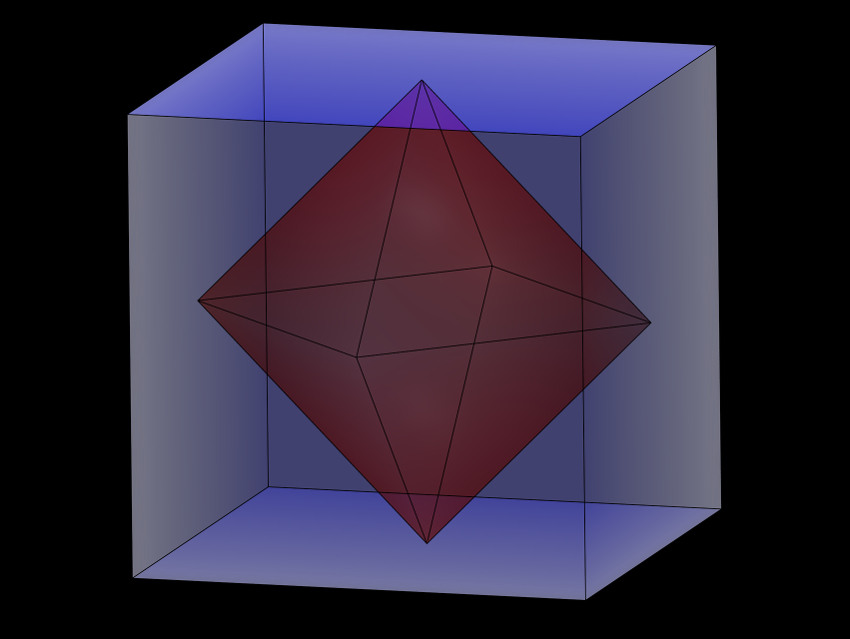Beryllium in inorganic compounds is usually coordinated by four other atoms, often oxygen. Anna Pakhomova, Deutsches Elektronen-Synchrotron (DESY), Hamburg, Germany, and colleagues have found the first examples of inorganic compounds with penta- and hexacoordinated beryllium that can be observed experimentally.
The team studied hurlbutite, CaP2Be2O8, which contains tetrahedrally coordinated P and Be atoms at ambient conditions. They used diamond anvil cells (DACs) to subject the compound to high pressures and single-crystal X-ray diffraction (SCXRD) to observe the resulting structural changes. Above a pressure of 7.5 GPa., the compound is transformed to hurlbutite-II, in which a fifth oxygen atom moves closer to beryllium, leading to a trigonal bipyramid BeO5 structure. At pressures over 83 GPa, the modification hurlbutite-III is observed. In this phase, the phosphorus atoms are also pentacoordinated instead of their usual tetrahedral coordination structure.
When the pressure was raised over 90 GPa, the team observed hurlbutite-IV, in which both B and P atoms are octahedrally coordinated by 6 oxygen atoms each. According to the researchers, the structural transitions go along with an electronic transition from predominantly molecular orbitals to a state with overlapping electronic clouds. This could explain the unusual bonding situation.
- Penta- and hexa-coordinated beryllium and phosphorus in high-pressure modifications of CaBe2P2O8,
Anna Pakhomova, Georgios Aprilis, Maxim Bykov, Liudmila Gorelova, Sergey S. Krivovichev, Maxim P. Belov, Igor A. Abrikosov, Leonid Dubrovinsky,
Nat. Commun. 2019.
https://doi.org/10.1038/s41467-019-10589-z




